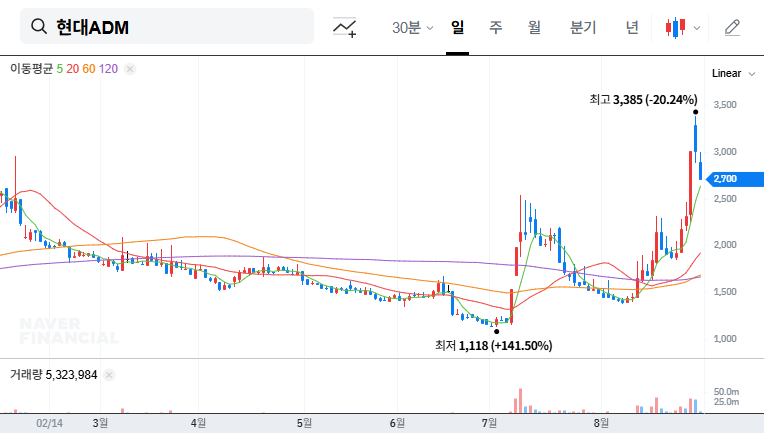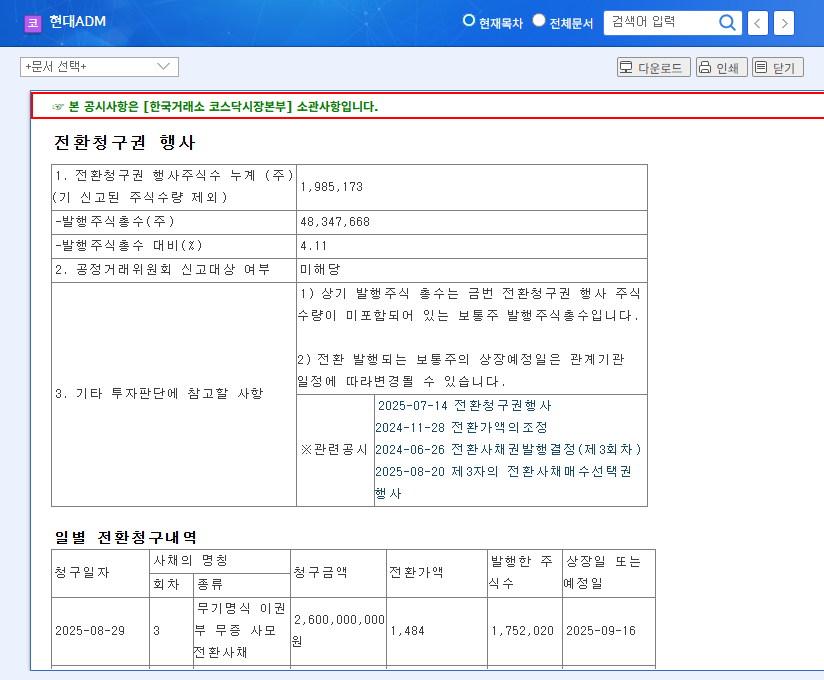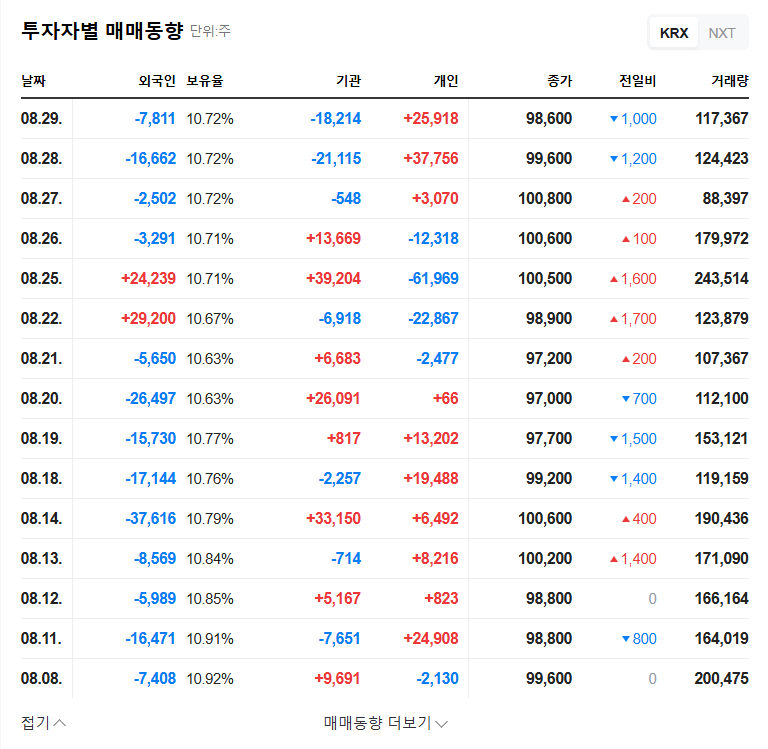
What Happened?
DT&CRO signed a contract worth $2.6 million with the Incheon Regional Public Procurement Service for the ‘Production of Chemical Hazard Test Data in 2025.’ This represents approximately 9.7% of DT&CRO’s revenue for the first half of 2025. The contract period runs from September 5, 2025, to October 30, 2026.
Why is This Contract Important?
This contract signifies more than just a new order. Currently, DT&CRO is facing profitability challenges due to investments in its PK/PD center. This government contract can contribute to improving the company’s financial structure by securing stable revenue. Strengthening its safety testing division will play a crucial role in solidifying its position as a full-service CRO.
What’s Next?
- Positive Outlook:
- Revenue growth and business stability
- Enhanced competitiveness in safety testing
- Acceleration of full-service CRO strategy
- Risk Factors:
- Uncertainty regarding profitability improvement
- Continued high debt ratio
- Intensifying competition in the CRO market
What Should Investors Do?
While this contract is a positive sign for DT&CRO, investors should exercise caution. Don’t focus solely on the short-term revenue increase. Carefully examine the company’s long-term profitability improvement potential and its ability to secure financial soundness. Paying close attention to future earnings announcements and management’s business strategies is crucial.
FAQ
What is the size of this contract?
$2.6 million, which represents approximately 9.7% of DT&CRO’s revenue for the first half of 2025.
Who is the counterparty to the contract?
The Incheon Regional Public Procurement Service.
Will this contract help improve DT&CRO’s profitability?
It has the potential to help, but it’s not certain. Cost management during contract execution will be critical, and addressing the company’s fundamental profitability issues will require additional efforts.
What should investors be cautious about?
Investors should not only consider the short-term revenue increase but also thoroughly evaluate the company’s long-term profitability improvement potential and its ability to achieve financial soundness.







